CONTENTS AND ACCESSORIES
The contents include a software/driver package, two silky leather earpads that can be swapped to replace the pre-installed microfiber cloth pads, conversion cables to invert between analog or USB, and the unique ‘Tactical Mixing Console’ that makes the CM Storm Sirus a solid performer:
The key element to all of this is the 10 pin mini-DIN connector that is the native header found on both the Sirus headset and the Tactical Mixing Console. Instead of being forced to go analog or USB, the brilliant design allows you to use both. Heck, even the mini-DIN if an audio input uses it. What’s more, the four 1/8″ jacks are universal, meaning that you can hook-up the black audio jack to an audio device for music, and even use it has a headset for making calls on a cell phone!
Not only does this make the Sirus adaptable to any situation, it also prevents the user from having to buy extra accessories. In case one part malfunctions, you will have multiple ways to keep using the Sirus via the plethora of input options from the conversion cables. Unfortunately unlike the rest of the headset cabling, the conversion cables are not braided, which is a bit of a let down considering the mixer is also braided. The plastic covering is quite thick regardless, but a nice braided cable would have been preferred in case of accidents or tearing.
Another odd note about the cabling is that the headset cable length is smaller than that of the mixing console. The length of the headset cable is roughly 7 feet alone, but when connected to the mixer or conversion cables, they add another 14 feet easy. This makes the entire apparatus almost 21 feet long, however this extension happens on the opposite end, the one that connects into your USB ports/soundcard, not between the 10 pin mini-DIN ends that connect the headset and mixer together.
Hence in order to give the headset some extra reach, you have to move the mixer as well which has heft to it and is meant to sit in place. It would have made much more sense to reverse the cable length so the USB end on the Tactical Mixing Console that connects to the PC is smaller, and the mini-DIN male that connects to the Sirus headset mini-DIN female is longer, giving that extra extension capability.
Installation is quite simple and can be done in a variety of ways. You can remove the mixer if you wish to solely use the headset. If you want to use the headset separate from the mixer, simply connect the 10-pin end to the conversion cable, and from there you can utilize the analog from your soundcard or motherboard audio. Alternatively, you can use USB as well by connecting the 10-pin male end from the Sirus to the 10-pin female end of the Tactical Mixing Console, which will then lead out to USB. Keep in mind that the extra USB inputs on either method of connection are utilized not only as backup, but also provide extra juice to power the mixer and the Sirus headset LEDs:
 Technology X Tomorrow's Technology Today!
Technology X Tomorrow's Technology Today!


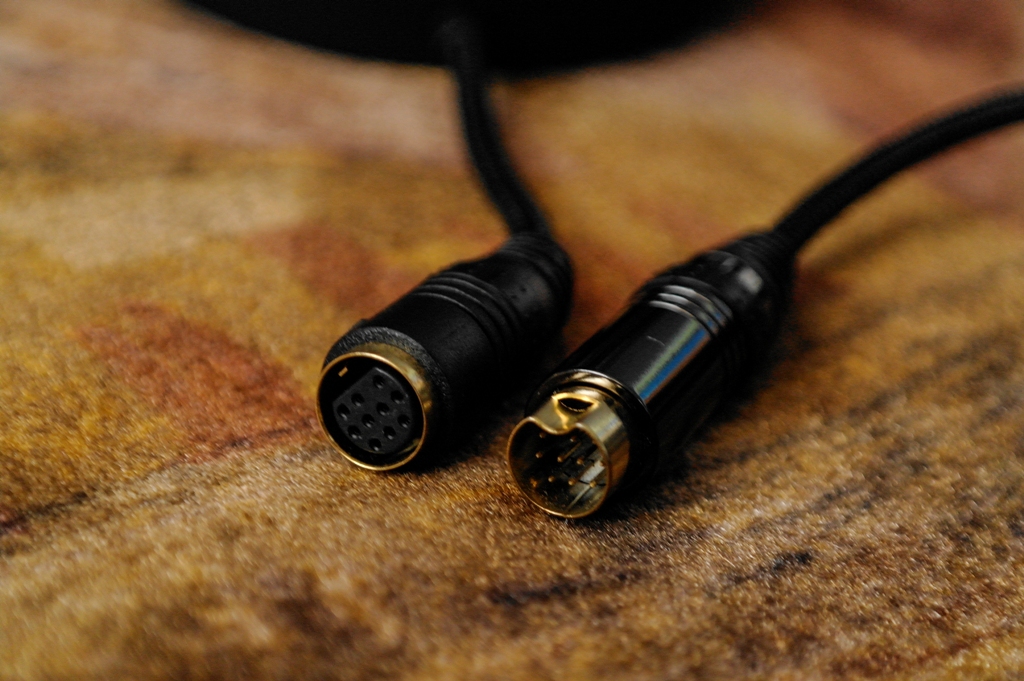
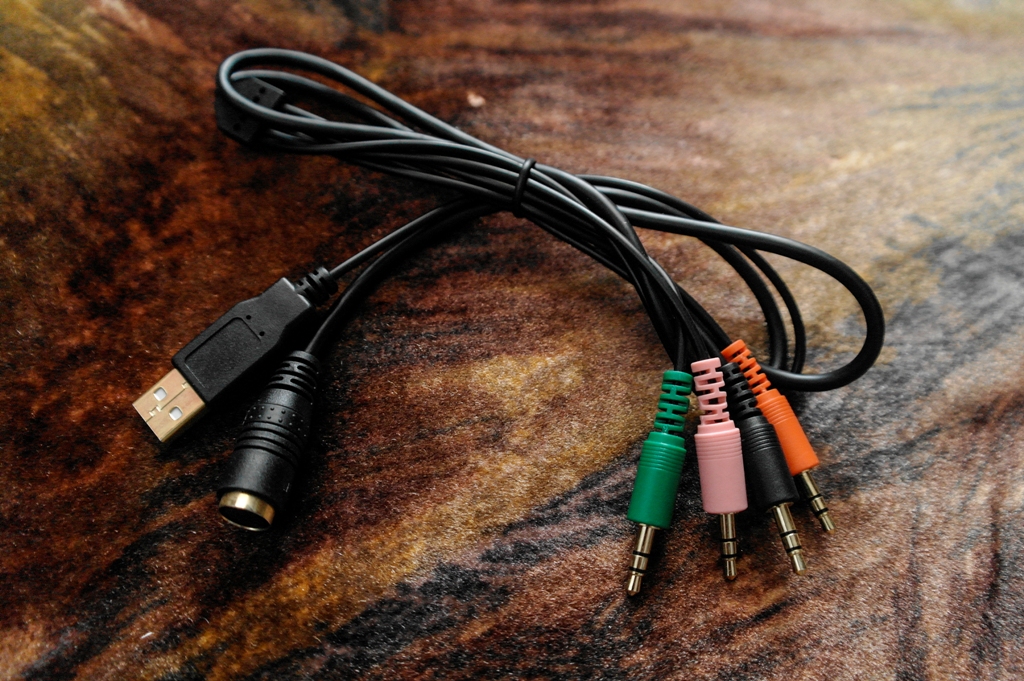
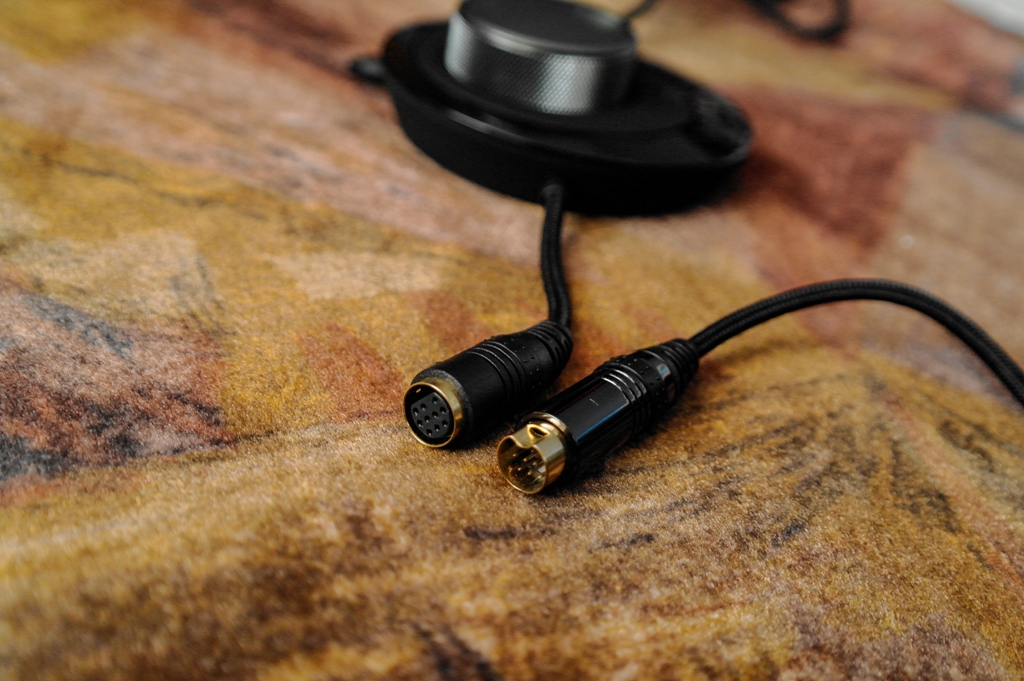
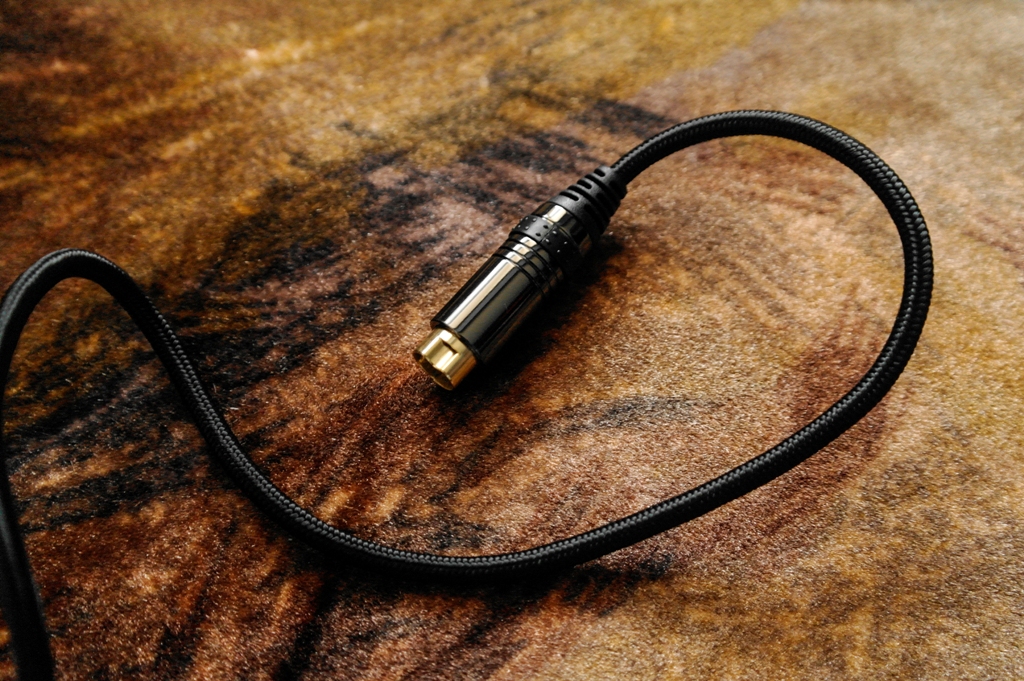
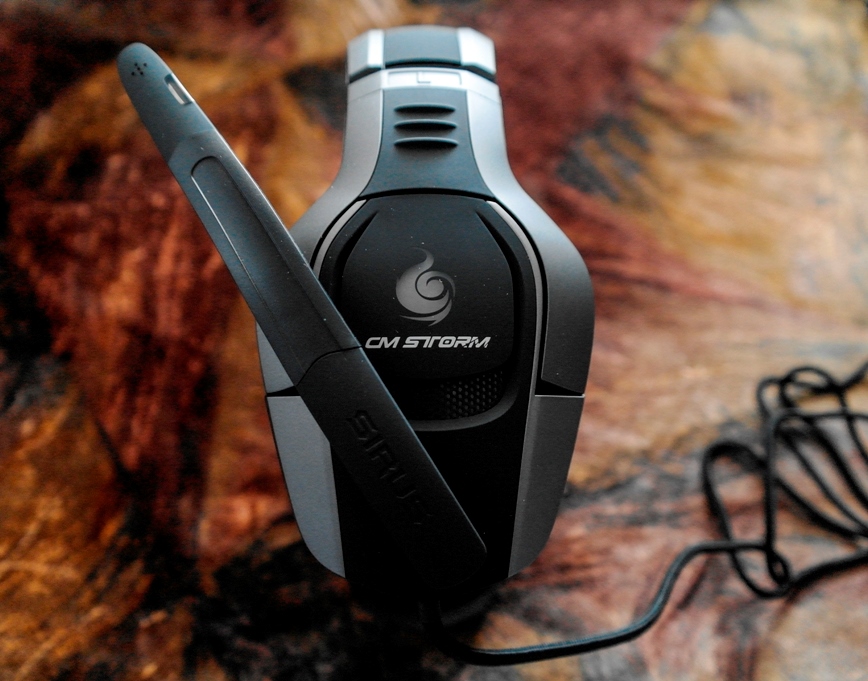
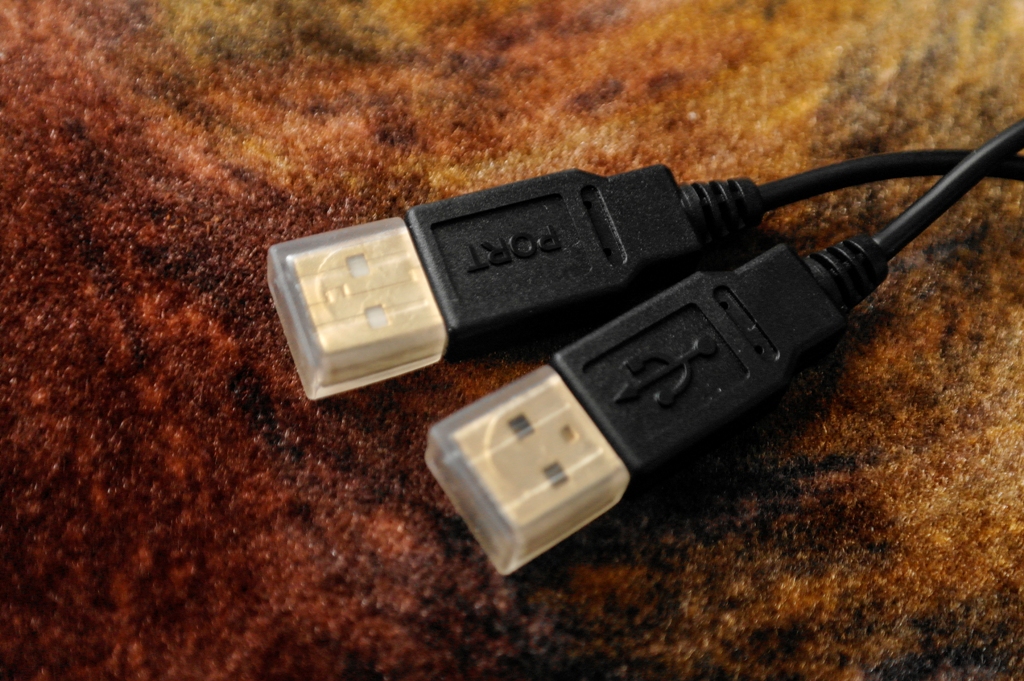
Thanks for the review!
It’s nice to know someone is not that skeptical about it’s microphone.
Though, I think there’s a typo in:
“100Hz-10Hz frequency response”
, it should be “-10KHz”
Thanks for the kind words and keen eye. The fix has been made 🙂
You’re right. The microphone is pretty darn good. No background noise or static, and a clear, crisp output. When you know historically not to expect studio-quality microphones on headsets, it allows for more objective thinking and hence less skepticism.
Thanks again!
Thanks for the kind words and keen eye. The fix has been made
You’re right. The microphone is pretty darn good. No background noise or static, and a clear, crisp output. When you know historically not to expect studio-quality microphones on headsets, it allows for more objective thinking and hence less skepticism.
Thanks again!
Cool, thanks for the fix!
I have used this headset for over a year. Previously owned Razer Tiamat 7.1, and a pair of Turtle Beaches these are without a doubt the best surround sound headset on the market. The directional audio is just amazing for a pair of headphones. It is honestly every bit as good as my Klipsh Quintet 5.1 true surround sound system. Only issue vs. a true surround sound system is some games will put directional audio all in one speaker. This isn’t a problem with a true surround sound system where the sound bounces around the room and you still pick it up with both ears, while still hearing the direction it came from. In a headset though when all the sound comes from the left and then you pan to the right and suddenly the sound is coming just from the right and can only be heard in one ear, it is a bit jarring and just doesn’t sound right. Fortunately this seems to be the exception rather than the rule and most games seem to use a more intelligent surround sound algorithm. Again this ins’t a fault of the headset just of headsets in general vs. true surround sound. Front and rear directional audio is superb. Sound quality is great and bass really knocks. Only other issue is that you may have some trouble if you like to listen at really high volumes. I have my equalizer set to +10 to make up for lack of volume and that works good for me. I tried pushing the equalizer all the way to +20, but this would occasional result in distortion. Just be sure to max out the windows volume, the individual driver volumes, and up the equalizer a little and then you should have plenty of volume range just adjusting with the puck on the fly.